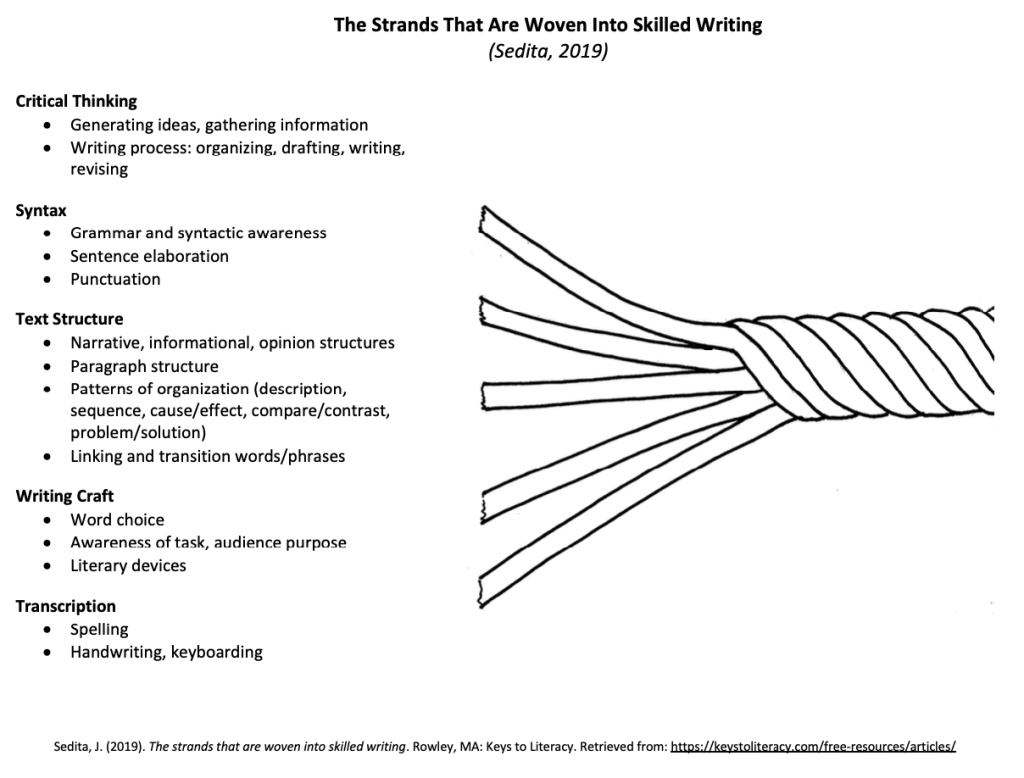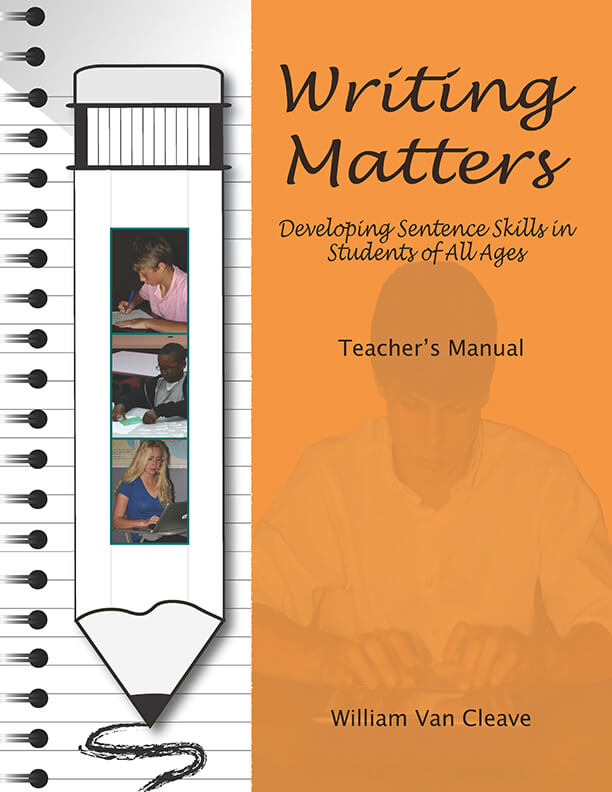Writing Stories
Retelling
Teachers read frequently to their students throughout the school year. We begin with quality picture books and authors. Later in the school year we may select a chapter book. It is during these read-alouds that students practise retelling the story to the teacher or to a partner. Through the retelling exercise students learn that stories have common parts that we call story elements. The story elements we discuss in Grade One are:
–characters
–settings
–problems
–solutions
–emotional tones of the story
During the early years of school, when students are not yet ready to print written answers, they can show comprehension by telling what they know. Retelling exercises help students to understand that they are expected to be active listeners and that they are required to remember the main parts of the story, some details, and the order the events happened in. Below is a video of the retelling activities we do with a kit called Story Champs.
Retelling not only helps students learn about story elements and active listening. Students also lengthen their attention span (executive functions), retrieve their memories of the content (retrieval practise), improve their expressive and receptive language, learn new vocabulary words, and of course, teachers never pass by an opportunity to have students practise taking turns.
Young students need many practise sessions with retelling. Our goal is to have students identify the parts of a story easily. Knowing the story elements is the foundation for building a student’s story writing schema (knowledge web). When students can effortlessly remember the parts a story needs to have, they find independent story writing less intimidating. They automatically know how a story is put together and then they can put their energy into creative writing.
The Writing Process
When you are at the very beginning, as we are in Grade One, many foundational skills need to be put in place before students can create anything independently. As was said above, we begin story writing with many discussions of quality stories. Once students are thoroughly familiar with the story elements we begin to teach them about the writing process.
The Writing Process is:
- prewrite (imagine what to write)
- draft (write on their own)
- revise (reread and fix things)
- edit (with the teacher)
- publish (print a good copy with an illustration)
We teach the writing process by composing stories together as a class. The teacher writes what the students say on large chart paper and then models checking for story elements. Then, together we reread the story, making changes or adding to it as needed. Even though students are not yet doing the writing, we continue to add to their writing knowledge through discussion and modelling of the writing process.
Student Work
When the students
–know their letters and sounds
–can print their letters
–know what a sentence is
–can identify the story elements and
–understand the writing process
then, finally, it is time for them to write on their own!
Even with all of this preparation, some students may hesitate to create a story independently. When this happens, students are encouraged to ask their friends for ideas. Sometimes all a child needs is the kernel of a good idea from someone else and then they are happily writing.
Something else that may make some students hesitate is learning to be brave enough to try to spell words on their own. They have worked hard since the beginning of the school year to learn what sound matches what letter. Now, the children are being asked to apply that knowledge and to recreate those sounds on paper, as words, all by themselves. This is a big step! Students are expected to write the Most Common Words correctly. For the other words they use, they are encouraged to do “invented spelling”. We remind them to use the sounds they know and to print the letters as they hear them. Usually, the spelling they invent is easily decipherable. When they bring their story to the teacher for editing, we discuss the correct spelling pattern and then fix the words together.
When all the hard work of drafting, revising, and editing is complete, students are ready to publish. They print a good copy of their story with their best printing and create an illustration to go with it. Now they are official authors! And what is an author without an audience? Our newly published author is given the opportunity to read their story to the class and to answer questions about it. Students find presenting their story to be a great reward for all of the hard work they have done. This process serves an additional purpose: the students in the audience have yet another experience hearing a well composed story.
The Writing Rope
The skills students need to learn in order to write well are shown in the visual below. It is called The Writing Rope. Just as the Reading Rope shows how complex reading is, the Writing Rope shows the many, many, elements students need to have knowledge of in order to produce quality written materials. Children do not spontaneously begin creating written compositions on their own. A great deal of learning has to happen before they are able to begin writing, and they will continue learning writing skills throughout their school career.

A Very Short Summary
1. Students learn the story elements through discussion about books read to them by the teacher.
2. The elements of a story are characters, settings, problems, solutions, and emotional tones.
3. Students learn the writing process through class discussion in which the teacher models how to write a story.
4. The writing process involves prewriting, drafting, revising, editing, and publishing.
5. Students begin writing their own stories when they are secure in their letter knowledge, printing skills, and sentence writing skills.
6. Invented spelling is encouraged because, at this time, Grade One students know how to correctly spell only a few words.
7. The Writing Rope shows the many skills needed in order for a student to create their own well written compositions.
References



